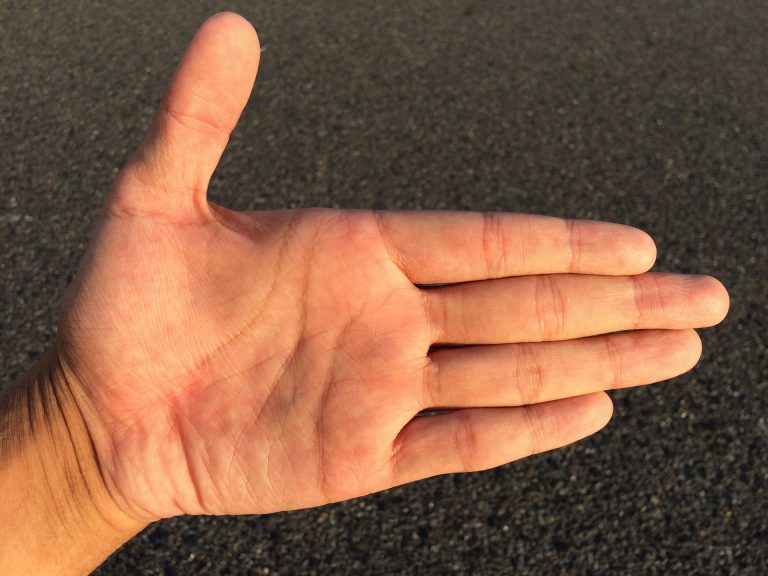The Evolution and Impact of Compact Discs (CDs) in Music and Data Storage
Introduction
The Compact Disc (CD) revolutionized the way music and data were stored, distributed, and accessed upon its introduction in the early 1980s. Developed as a collaboration between Philips and Sony, CDs represented a leap forward in audio fidelity and durability compared to earlier formats like vinyl records and cassette tapes. This article explores the history, technology, cultural impact, and contemporary relevance of CDs, tracing their evolution from a niche innovation to a ubiquitous medium for both music and data storage.
Origins and Development
The concept of the Compact Disc emerged from efforts by Philips and Sony to create a digital optical disc capable of storing high-quality audio. In 1982, the first commercially available CD, titled “52nd Street” by Billy Joel, was released in Japan. CDs were initially marketed as a superior alternative to vinyl records and cassette tapes due to their resistance to wear and tear, high fidelity audio reproduction, and potential for storing large amounts of data.

Technology Behind CDs
CDs rely on optical technology to read and write data. The basic components of a CD include:
- Polycarbonate Disc: A clear plastic disc with a spiral track molded into its surface, where data is encoded.
- Reflective Layer: A thin layer of aluminum or silver that reflects the laser beam used for reading data.
- Dye Layer: A dye or dye-polymer layer that absorbs the laser light and changes its reflectivity, encoding the data.
- Protective Layer: A clear protective layer on top of the reflective and dye layers to prevent damage.
Types of Compact Discs
Over time, various types of CDs have been developed to meet different needs:
- CD-DA (Compact Disc Digital Audio): Standard CDs used for audio recordings, capable of storing up to 74 or 80 minutes of audio in uncompressed PCM format.
- CD-ROM (Compact Disc Read-Only Memory): Read-only discs used for storing computer data, software, and multimedia content.
- CD-R (Compact Disc Recordable): Write-once discs that allow users to record data or music once, after which the content cannot be altered or erased.
- CD-RW (Compact Disc Rewritable): Re-writable discs that allow multiple recordings and erasures, suitable for data backup and temporary storage.

Cultural and Industry Impact
The introduction of CDs had profound effects on both the music industry and consumer behavior:
- Sound Quality: CDs offered superior sound fidelity compared to analog formats like vinyl records and cassette tapes, leading to a resurgence in interest in high-quality audio reproduction.
- Distribution and Retail: CDs facilitated global distribution of music, allowing for mass production and easier international availability of albums and singles.
- Decline of Vinyl: The popularity of CDs contributed to a decline in vinyl record sales throughout the 1980s and 1990s, although vinyl has experienced a resurgence in recent years among audiophiles and collectors.
- Digital Revolution: CDs paved the way for the digital music revolution, influencing the development of digital audio formats like MP3 and streaming services.
- Data Storage: Beyond music, CDs became a popular medium for storing software, games, multimedia content, and archival data due to their capacity and durability.
Challenges and Adaptations
While CDs enjoyed decades of dominance, they faced challenges and adaptations in the digital age:
- Digital Piracy: The advent of the internet and digital piracy posed challenges to the traditional CD market, prompting efforts to implement copy protection technologies.
- Digital Distribution: The rise of digital downloads and streaming services led to a decline in physical CD sales, shifting consumer preferences towards instant access and convenience.
- Archival Issues: CDs are susceptible to degradation over time due to factors such as exposure to light, heat, and humidity, leading to concerns about the long-term preservation of data stored on CDs.
- Environmental Impact: The production and disposal of CDs raised environmental concerns due to their use of plastics and metals, prompting efforts to promote recycling and reduce waste.
Legacy and Future Outlook
Despite facing competition from digital formats, CDs continue to hold a place in both music and data storage:
- Collector’s Items: CDs remain popular among collectors and enthusiasts who value physical media and album artwork.
- Specialized Uses: CDs are still used in professional settings for data backup, archival storage, and distribution of software and multimedia content.
- Longevity Concerns: Efforts are ongoing to develop archival-grade CDs with enhanced durability and longevity for long-term data preservation.
- Niche Markets: Certain markets, such as automotive and industrial applications, continue to rely on CDs for their reliability and compatibility with existing systems.
Conclusion
The Compact Disc has left an indelible mark on music consumption, data storage, and technological advancement since its inception. From revolutionizing audio fidelity and distribution to becoming a versatile medium for data storage, CDs have adapted and evolved alongside changing consumer preferences and technological innovations. While digital formats and streaming services have reshaped the landscape, CDs continue to endure as a tangible symbol of music appreciation and data integrity in an increasingly digital world.

